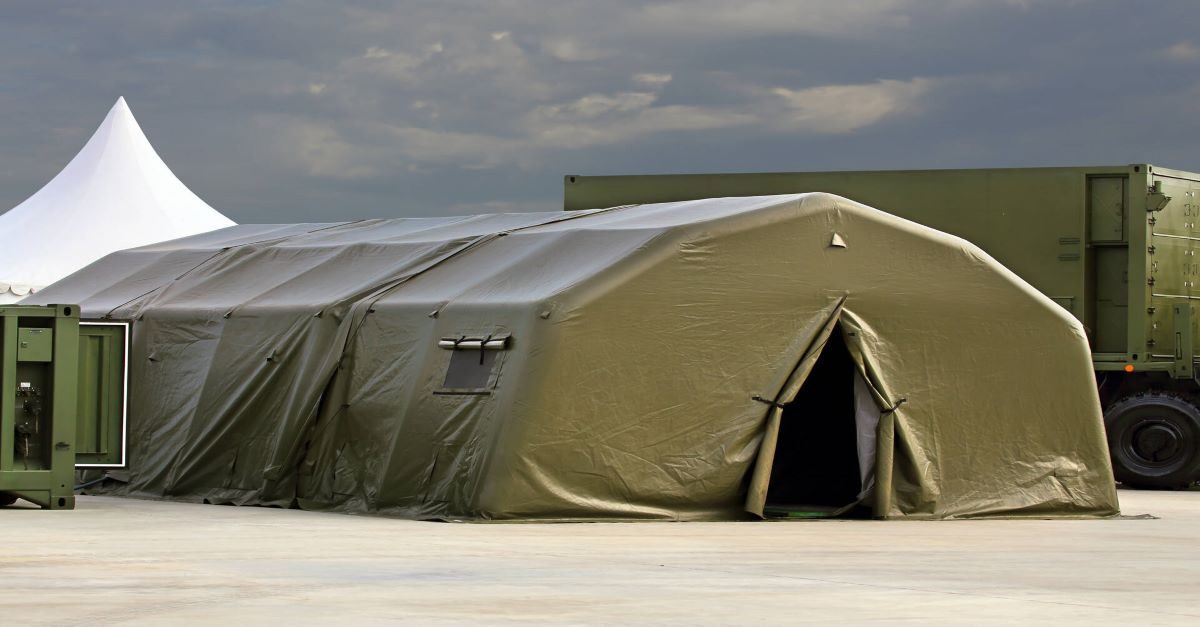
Are you planning to carry out a disaster relief project? If yes, this article is a must-read.
Different disasters occur worldwide, including typhoons, wildfires, health pandemic crises, and peace and order conflicts. They reactively test and demand solutions across the private and government sectors, including civil society, military, and humanitarian organisations.
When these disasters arise, it’s crucial to have an effective and efficient disaster relief supply chain operation. This operation is vital in ensuring prompt relief distribution for meeting people’s basic needs, such as food, clothing, medicine, and treatment.
The Disaster Relief Supply Chain
The disaster relief supply chain comprises the following parts: supply procurement, warehousing, and transportation. It’s essential to plan for every stage to avoid delays, helping you deliver the relief supply to evacuees on time. Otherwise, there’s a high risk of having more casualties in the affected area.
How To Optimise Disaster Relief Supply Chain
Below are effective ways to optimise the disaster relief supply chain.
Decide On The Best Disaster Relief Area
The disaster management team must collaborate with all significant parties to help decide the best location to set up the disaster relief camp. The area must be the most accessible and safest part possible. In disaster relief camps, the most commonly erected temporary structures are tents.
Optimise your disaster relief supply chain by using an emergency relief tent. Installing emergency relief tents can make a big difference in the success of disaster relief operations, especially with an ongoing crisis.
High-quality disaster relief and response tents are durable and easy to build. They’re most sought for building on-site medical treatment facilities, first response centres, food distribution centres, supply storage areas, and temporary shelters for evacuees.
Most natural disaster relief operations use military-grade tents because of their superior qualities. A good brand of a military-grade tent is made of the highest grade of materials, such as PVC-coated polyester and anodised aluminium, withstanding adverse weather conditions.
Strengthen Lines Of Communications
In the first step of the supply chain operation for disaster relief, the authorities acquire or procure relief items from donors and suppliers. One of the main challenges in supply procurement is reducing purchase costs amidst inflation after a disaster. Another problem is in-kind donation accessibility and coordination.
Optimise your supply acquisition and procurement by strengthening communication lines. Disaster relief teams in charge of supply procurement can use traceability software, a computer program that shows relief supply distribution areas, activities, and recipients. This tool helps open communication lines and obtain a real-time assessment of your supply chain performance.
In addition, embracing proven-effective communication technology, such as messaging tools, helps prioritise response channels across teams. If everyone in the disaster relief team understands communication workflow, the entire operation becomes more dynamic, efficient, responsive, and effective.
Strengthen Disaster Relief Supply Strategies
It’s crucial to strengthen supply chain strategies to ensure timely and prompt delivery and distribution of relief supplies. This step is also vital to help reduce casualties.
It’s high time to reboot disaster response strategies. For instance, disaster relief teams can use emergency resource scheduling (ERS). This technique helps in handling rescue operations and aid decision-makers in planning and allocating disaster relief products and services. Moreover, this technique can help sustain emergency material reserves (EMR).
In addition, you can optimise your disaster relief supply chain by choosing optimal emergency material suppliers, depending on the emergency phase (early, middle, or late stages). Utilise the multi-attribute decision-making ranking strategy or multi-objective fuzzy optimisation. For instance, the disaster management team can decide on the type and amount of relief supplies that go into the early emergency phases and once the disaster progresses.
Evolve Fleet Management Approach
A crucial aspect of optimising the disaster relief supply chain is ensuring the availability and safety of fleet vehicles in the affected area. It involves moving vehicles, such as ambulance vans and military trucks, that deliver relief supplies out of harm.
However, geographical restrictions may change when disaster strikes, causing supply chain disruptions. Therefore, the disaster supply chain workforce may become inaccessible or unavailable for a prolonged period. The solution to this problem is partnering with a fleet management company.
Choose a dependable fleet management partner to help assess your current disaster relief supply chain management strategies. A good partner utilises advanced fleet management software with GPS technology. In that way, disaster teams can use a detailed, real-time map to track relief supply chains amidst continuous landscape shifts.
Conclusion
Optimising disaster relief supply chain operations involves careful planning and implementation. Disaster management teams must consider many factors, including choosing the right equipment, technology, workflow, and protocol. Moreover, disaster relief teams must practice proper communication and coordination to ensure timely relief supply distribution.
